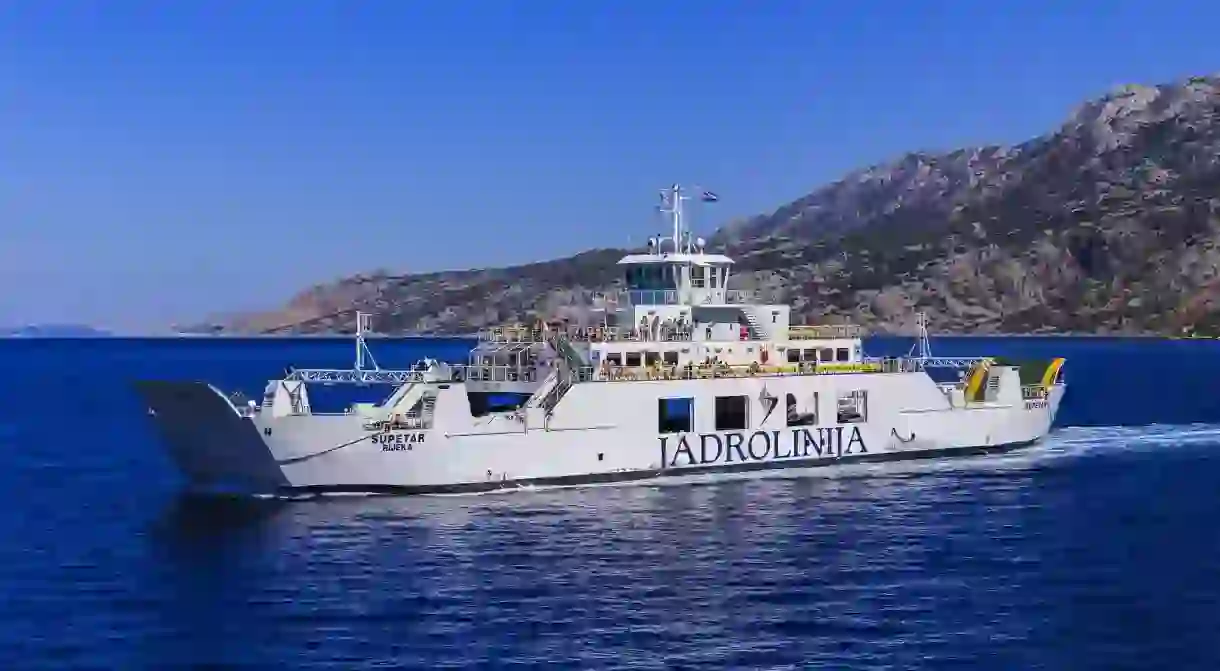How to Travel Croatia on a Budget

The first thing you have to know about travelling around Croatia is that it doesn’t have to be expensive. Yes, Prince William has partied in Hvar and Hollywood stars are fêted in Dubrovnik – but that’s the glitzy end of the scale. The majority of visitors come here with a backpack and a budget to stick to. Here we show you how.
Travel
The travel itself is cheap. Most of the country is covered by a network of private bus companies offering different prices for the same starting and destination points – a trip from Zagreb to Split can cost 99 kuna/$15 or 170 kuna/$26, depending on route and comfort. Not to mention state-run Jadrolinija ferry boats, that can get you from Split to Brač for under 30 kuna/$4.60. Talk of keep fares low for locals and increasing ticket prices for tourists has subsided as the scheme was simply unworkable.
Within cities, tram and bus networks are also affordable, even in Dubrovnik, whose Libertas buses have only recently been updated from the 1970s – though by no means the whole fleet. Even flying inland with national carrier Croatia Airlines needn’t be expensive. Shop around online and you can zoom from Zagreb to Dubrovnik in an hour for as little as 245 kuna-300 kuna/$38-$46.

Lodging
Those arriving by bus will still be greeted by a few old locals offering private rooms in their houses for buttons. The rise and rapid improvement of hostels in the main tourist destinations – even Hvar has a decent stock of affordable communal lodging, some equipped with pools – has meant that the flocks of grannies bearing ‘Zimmer Frei’ signs at bus stations has significantly diminished since the early 2000s.
There are still plenty of campsites, too, and most major summer music festivals will provide various kinds of accommodation options.
Food and drink
Snacking can be a varied and even exotic activity rather than a reliance on microwaved slice of pizza. Even the tiniest village, certainly in Dalmatia, has a bakery where burek pastries have cheese, meat, spinach or, hopefully, potato fillings. Bakeries are ten-a-penny in towns and tourist destinations, in always the first place to open and last to close. In cities, you should also find grill outlets offering the carnivorous staple of ćevapi, mincemeat rissoles served in a blanket of flatbread with chopped raw onions and an ajvar paprika dip.
On nearly every menu, particularly at traditional taverns, konoba, but also at most local restaurants, there will be a section entitled gotova jela, prepared meals. Typically, these will be rice or pasta dishes in the 60kn/$9 range, a shining example being crni rižot, squid risotto in black ink, delicious and filling. A glass of house wine to accompany might break the $10 ceiling.
Those on a lower budget will find alongside the main markets in Dubrovnik, Split and Zagreb unpretentious venues offering a plate of fried calamari for under 50kn/$7.75.
Markets themselves, of course, are perfect sources of cheap, good-quality fresh produce. Traders rarely undercut each other, so you won’t need to trawl down every row to see if tomatoes are 50 lipa cheaper if you shop around.
Drinks in standard neighbourhood bars are by no means expensive – only once you switch from domestic beer or wine to spirits.

Entertainment
Nearly every beach in Croatia is free-to-enter, unless it’s attached to a hotel and private. This, thankfully, is not Italy, with its admission fee at the gate and orderly rows of sunbathers. Rock up, chuck down your towel, don flip-flops (it’ll be rocky or, at least, stony) and away you go. You will be charged for loungers and sunshades, and these fees can mount up if you’re bathing for several days.
If you’re sightseeing, entrance prices for museums and historical sites are low, usually 20kn/$3 or 30kn/$4.60. There are also usually student discounts, if you’ve bought ID with you.














